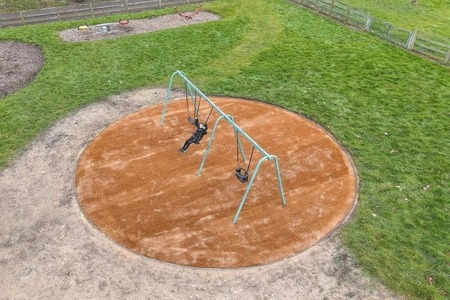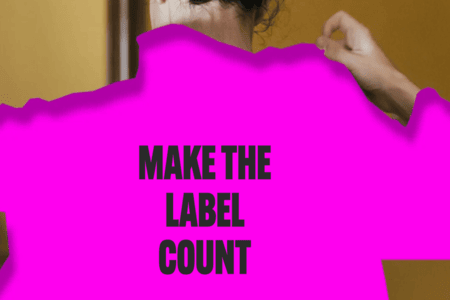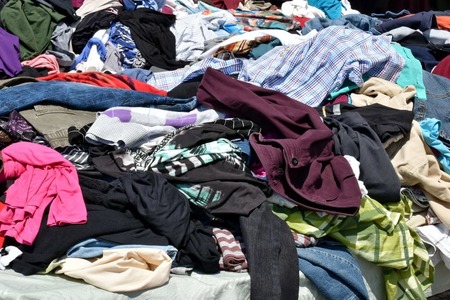
Official says make use of yarn and fabrics of Indian origin mandatory for exporting apparel to India
YarnsandFibers News Bureau 2018-03-28 11:40:00 – MumbaiAccording to the official, India allowed duty free import of readymade garments from Bangladesh under SAFTA in 2006 and this facility was limited to eight million pieces. However, in 2010, this quantitative restriction was lifted. "Bangladesh imports Chinese fabrics and converts them into garments using its cheap labour.Without the need for paying any import duties, it exports these garments to India.He also said the According to CITI India, India's garment imports from Bangladesh increased from $106.72 million during April-December period of 2016 to $124.14 million in the corresponding period of 2017.
Jain said that,â€India itself has accepted sourcing restrictions imposed by Japan that hurt its apparel exports to Japan under India-Japan CEPA," and in the Goods and Service Tax (GST) regime, the industry has been under severe stress with increasing imports of garments from Bangladesh and other countries."In the pre-GST scenario, import of garments from Bangladesh and other countries were attracting a CVD (Countervailing Duty) of 12.5 per cent and education cess of 3 per cent."However, post-GST, the same has been removed, hence there is no cost for import of garments from Bangladesh and for other countries."
Confederation of Indian Textile Industry (CITI India) Chairman Sanjay K. Jain said that that duty-free facility given to Bangladesh on grounds of it being a Least Developed Countries (LDC) was actually benefiting China's textile exports.
Confederation of Indian Textile Industry (CITI India) Chairman Sanjay K. Jain said that "Since import of made-in-China fabrics is meant for export, Bangladesh imposes no import duties on them. This is actually facilitating backdoor entry of Chinese textiles into India.†He also quoted that Indian domestic garment manufacturers have to pay a 20 per cent import duty if they use the same Chinese fabric.
"India has now extended this duty-free quota-free facility to all 49 LDCs on a non-reciprocal basis and again without any sourcing restrictions. So, it is expected that in the coming future, we may have more Bangladesh-type situation," Jain said.Citing the international practices of imposing sourcing restrictions, he said the US imposed sourcing restriction under NAFTA for accepting duty free import of garments from Mexico and other NAFTA members.
Jain added in the seminar on "Recent Trends on Eco-Friendly Textiles & Sustainable Fashion" organised by the J.D. Birla Institute that "We have demanded tweaking of SAFTA rules of origin to make the use of yarn and fabrics of Indian origin mandatory for allowing duty-free quota-free market. "This is expected to prevent China from taking undue advantage of a facility that is meant for LDCs," He said that this measure is also expected to give a fillip to India's export of yarn and fabrics to Bangladesh and other LDCs which at present are being supplied by China.
An official said on Tuesday that the Indian textiles industry is seeking "tweaking of South Asian Free Trade Area (SAFTA) rules of origin" to make use of yarn and fabrics of Indian origin mandatory for exporting apparel to India, amid a fast increasing import of garments made of Chinese fabrics from Bangladesh
Market Intelligence
Ask for free sample Report

experience
Customer Base
dedicated team
Countries Served Worldwide









